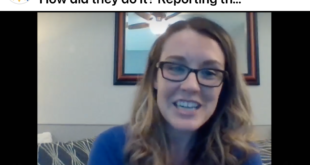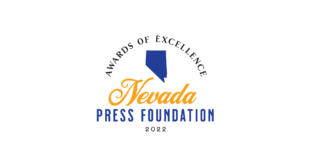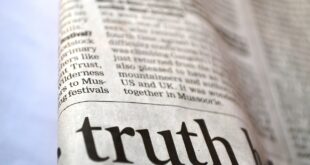For journalists, the best lesson from the Confederate flag came from Matthew Guterl, a professor of Africana and American studies at Brown University, in an interview with the Washington Post.
Reporter Roberto Ferdman asked this:
You’ve talked about how we live in this weird moment, where there are competing representations of the truth. What did you mean by that, and how does it affect this conversation?
Guterl’s response:
 I think that it’s a huge part of this problem. It’s often the case in journalism, especially broadcast journalism, to present both sides of an issue, and then leave them in this unresolved tension. The thought is that by doing so, what one has set up is a kind of fair portrayal of the debate, one that encourages people to become more informed and then choose sides. But that’s not actually how history works.
I think that it’s a huge part of this problem. It’s often the case in journalism, especially broadcast journalism, to present both sides of an issue, and then leave them in this unresolved tension. The thought is that by doing so, what one has set up is a kind of fair portrayal of the debate, one that encourages people to become more informed and then choose sides. But that’s not actually how history works.
There aren’t always multiple ways to tell a story because all the ways aren’t equally valid or truthful. Anyone should be able to pick up a series of historic texts, sift through the evidence themselves, and then come to the unshakable conclusion that the battle flags presence in contemporary American culture is a consequence of lingering commitments to racial prejudice.
Exactly.
For all the talk of fairness and balance as standards of journalism, one stands above the rest: truth.
That’s what we’re seeking to provide — facts, context, enlightenment. As Guterl says, not every source carries equal weight.
Historians have the advantage of time for their perspective. But journalists have the advantage of being here now to ask questions, provide context, make connections.
As a reporter, I would sometimes remind myself: If a historian were to read this story 100 years from now, would he get an accurate picture? If not, I’ve failed.
 Nevada Press Association The best in Nevada journalism since 1924
Nevada Press Association The best in Nevada journalism since 1924



